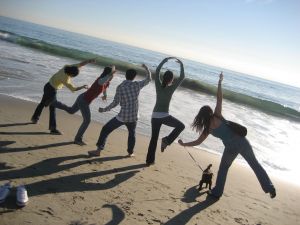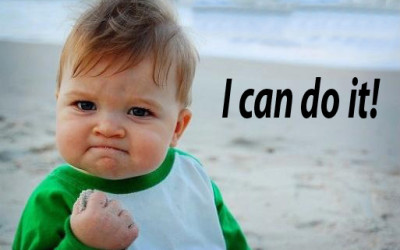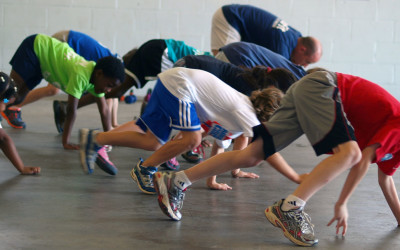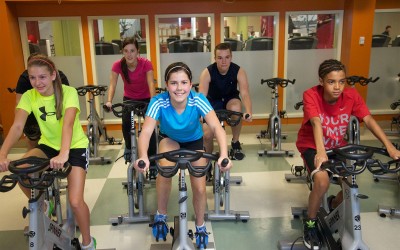Play & Development
The Missing Link to Movement Mastery: Part 2 – Body Awareness
By Craig Valency, MA, CSCS As I discussed in the first post of this series, the missing link to true movement mastery is learning the 9 perceptual-motor skills as early as possible. As fitness professionals, teachers, therapists, and parents, we have a unique...
The Missing Link to Movement Mastery: Part 1 – The 9 Perceptual-Motor Skills
By Craig Valency, MA, CSCS With the rise in awareness of childhood obesity, we’ve been imploring kids to move more and eat less. But what if we're missing the mark? Today, many kids are over-scheduled, uninspired, and drowning in electronics – they simply don’t play...
3 Exercises I Learned From My Baby
My nine-month old baby boy moves better than I do!
My little guy has given me a new appreciation for how the human body develops and how it is supposed to move. Babies are not burdened with the high stress jobs, excessive sitting, TV, driving, and studying that have conspired to mold us into functional hunchbacks, with our head jutting forward, locked hips, tight back and diminished strength.
Why Should Teenagers Crawl?
Crawling is one of the reflexive movement skills that provide the foundation for contra-lateral movement (gait), trunk stabilization, hip flexion/extension cycles, shoulder stability, and many other essential foundations for higher level learned movements like skipping, jumping, etc.
There is also research to suggest a significant amount of neural activity, improving communication between the two hemispheres of the brain. Crawling is used in various forms of modern cognitive therapy.
Exercise and the Young Brain
With children, exercise does a lot more than build a better body, it builds a better brain!
The interaction between physical activity and development of particular areas of the brain plays a large role in improving attention, learning, judgment, self control, memory, speech, and variety of other cognitive skills.
Below are 3 key components of the brain involved with learning, and how physical activity plays a role in their development.
Training Children Should be FUN!!! – Part 1
The key to keeping children engaged and coming back for more is to make it fun! Set the tone the minute they walk in the door and bring them up to your level of enthusiasm. Continue the workout in the form of games that will address all your fitness goals and teach competition as well as cooperation. In part 2, I will discuss the importance of children taking ownership of their sessions and how it can be achieved through the technique of peer coaching.










Connect with SPIDERfit!